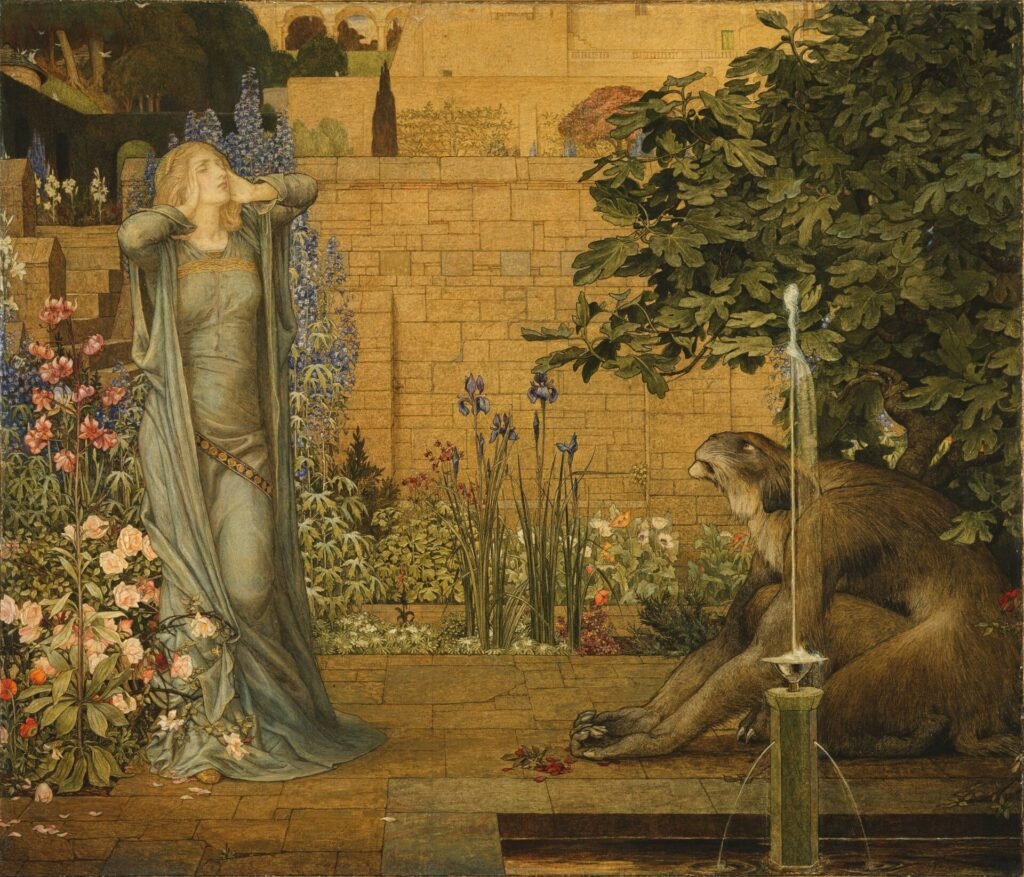What Is Symbolic Meaning in Visual Art?
Visual art has always been more than just aesthetics—it’s a language. Through color, form, and imagery, artists communicate ideas, emotions, and cultural narratives. One of the most powerful tools in this visual vocabulary is symbolism. In this post, we’ll explore the symbolic meaning in visual art, how artists use it to convey deeper messages, and how you can begin to recognize and apply symbolism in your own creative practice.
Symbolic meaning in visual art refers to the use of images, objects, colors, or compositions to represent abstract ideas or concepts. Rather than depicting something literally, artists use symbols to suggest deeper layers of meaning—often tied to cultural, spiritual, or emotional themes.
Symbolism allows viewers to engage with artwork on multiple levels. A flower might not just be a flower—it could represent love, fragility, or even mortality, depending on its context.
Why Artists Use Symbolism
To Communicate Complex Ideas
Symbolism enables artists to express themes that are difficult to capture with literal imagery—such as grief, transformation, or spiritual awakening. A single symbol can carry multiple meanings, allowing for rich interpretation.
To Connect with Cultural or Historical Narratives
Many symbols are rooted in mythology, religion, or folklore. By referencing these shared visual codes, artists can tap into collective memory and cultural identity.
To Invite Personal Interpretation
Symbolic art often leaves room for the viewer’s imagination. This open-endedness encourages deeper engagement and emotional resonance.
It’s Never Too Early to Begin Drawing & Keeping a Sketchbook
The Joy of Starting a Sketchbook Early Sketchbooks are more than just pages bound together—they are windows into our imagination, creativity, and growth. Begin drawing at any age is an...
Common Types of Symbolism in Art
Color Symbolism
Colors carry emotional and cultural weight. While meanings can vary by culture, some common associations include:
- Red: Passion, danger, power
- Blue: Calm, sadness, spirituality
- Gold: Wealth, divinity, enlightenment
- Black: Mystery, death, elegance
- White: Purity, innocence, emptiness
Artists use color not just for harmony, but to evoke mood and meaning.
Object Symbolism
Everyday objects can take on symbolic significance in visual art:
- Skulls: Mortality, the passage of time
- Birds: Freedom, the soul, or messengers
- Mirrors: Reflection, vanity, truth
- Keys: Access, secrets, knowledge
- Ladders: Ascension, ambition, spiritual growth
The context in which these objects appear often shapes their interpretation.
Animal Symbolism
Animals are frequently used to represent human traits or spiritual ideas:
- Lions: Strength, courage, royalty
- Snakes: Rebirth, danger, temptation
- Owls: Wisdom, mystery, foresight
- Butterflies: Transformation, the soul, impermanence
- Horses: Power, freedom, nobility
Animal symbolism can be deeply personal or culturally specific.
Symbolic Composition
Beyond individual elements, the way an artwork is composed can carry symbolic meaning:
- Circles: Unity, eternity, wholeness
- Triangles: Stability, hierarchy, divinity
- Spirals: Growth, evolution, cycles
- Symmetry: Balance, harmony, order
- Asymmetry: Tension, movement, disruption
Artists use composition to guide the viewer’s eye and suggest underlying themes.
Examples of Symbolism in Visual Art
Classical and Religious Art
In Renaissance paintings, halos symbolize holiness, while lambs often represent innocence or Christ. The use of light and shadow (chiaroscuro) can symbolize divine presence or moral struggle.
Surrealism and Modern Symbolism
Artists like Salvador Dalí used melting clocks to symbolize the fluidity of time. Frida Kahlo’s self-portraits are rich with personal and cultural symbols—monkeys, thorns, and broken columns all speak to her inner world.
Contemporary Symbolism
Modern artists often use symbolism to address identity, politics, or social justice. A pair of empty shoes might symbolize absence or loss. A cracked mirror could reflect fractured identity or truth.
How to Use Symbolism in Your Own Art
Start with a Theme
Choose a concept you want to explore—grief, growth, resilience, identity—and brainstorm symbols that relate to it.
Research Cultural Contexts
If you’re using symbols from specific cultures or traditions, take time to understand their origins and meanings. This adds depth and avoids misrepresentation.
Use Sketchbooks to Experiment
Your sketchbook is the perfect place to test symbolic ideas. Try combining symbols, altering their scale, or placing them in unexpected contexts to see how their meaning shifts.
Let Symbols Evolve
Symbolism doesn’t have to be fixed. Over time, you may develop your own visual language—where certain shapes, colors, or objects take on personal significance.
Frequently Asked Questions
What is symbolic meaning in visual art?
It’s the use of imagery, color, or composition to represent abstract ideas or emotions beyond the literal subject.
How do I recognize symbolism in artwork?
Look for recurring objects, colors, or arrangements that seem intentional or emotionally charged.
Can symbolism be personal?
Absolutely—many artists develop their own symbolic language based on personal experiences or beliefs.
Do symbols always mean the same thing?
No, meanings can vary by culture, context, and even the viewer’s interpretation.
Is symbolism only used in traditional art?
Not at all—symbolism is widely used in contemporary, abstract, and digital art as well.
How can I start using symbolism in my own work?
Begin by identifying a theme and exploring visual elements that represent it, then experiment in your sketchbook or compositions.
Are colors always symbolic?
Colors often carry symbolic weight, but their meaning depends on context and cultural background.
Final Thoughts
Understanding symbolic meaning in visual art opens up a deeper layer of appreciation and expression. Whether you’re viewing a centuries-old painting or creating your own work, symbolism invites you to look beyond the surface and connect with the emotional and conceptual heart of the piece.
As you explore symbolism, remember that meaning isn’t fixed—it’s fluid, layered, and often deeply personal. So trust your instincts, stay curious, and let your art speak in symbols that resonate with you and your audience.
















